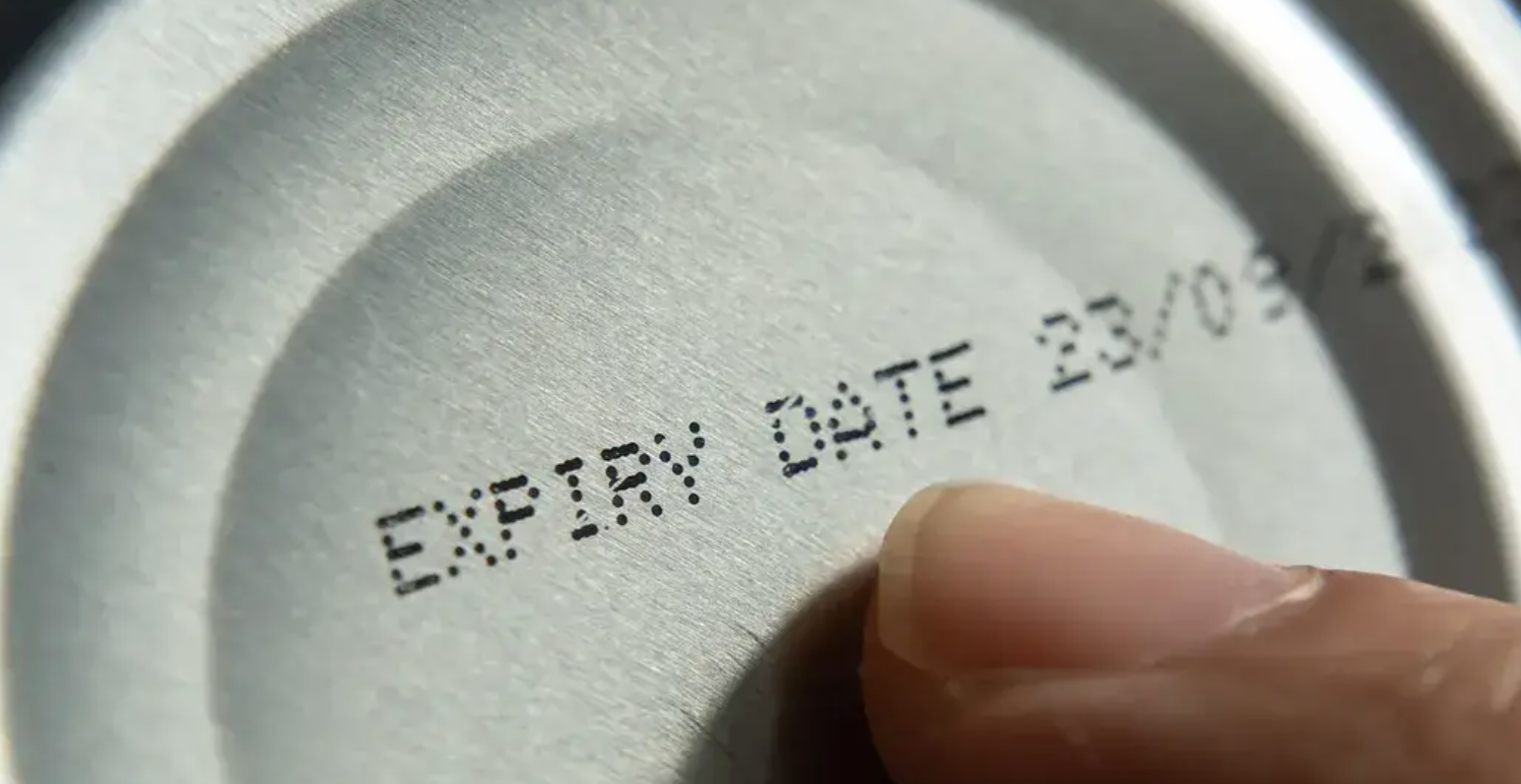In today’s fast‑paced world, many of us face the challenge of managing our pantries efficiently. One common source of confusion is the “Best By” or “Best Before” date printed on canned foods such as corn, green beans, tuna, and more. For decades, these labels have guided consumers in determining when food is at its peak quality. However, there’s a common misconception: many people believe that these dates mark the point at which a product becomes unsafe to consume. In reality, “Best By” dates are an indicator of quality—when the food is likely to taste its best and have the optimal texture—not a strict deadline after which the food spoils.
-
The historical origins and evolution of “Best By” labels.
-
What these dates truly signify in terms of food quality and safety.
-
How different types of canned foods, including corn, green beans, and tuna, fare over time.
-
Factors that affect the shelf life of canned goods.
-
Practical tips for storing canned foods to maximize their longevity.
-
Common myths and misconceptions about canned food expiration dates.
-
Culinary creativity and ideas for repurposing canned foods.
-
Expert opinions and scientific research behind food labeling and shelf life.
By the end of this comprehensive guide, you will have an in‑depth understanding of how to interpret “Best By” labels, and you’ll be empowered to make informed decisions about the use of your canned goods.
II. The History and Evolution of Food Labeling
A. The Birth of the “Best By” Label
The concept of labeling food with a “Best By” or “Best Before” date emerged as food processing and preservation techniques evolved. In the early days of industrial food production, manufacturers needed a way to inform consumers about the optimal period during which a product would remain at its best quality. Initially, these labels were designed to guide retailers and consumers in managing inventory and ensuring that products were consumed when they were most flavorful.
Over time, as canning technology advanced and food safety became a major public health concern, these labels took on additional significance. They helped consumers distinguish between quality and safety—an important distinction that remains relevant to this day.
